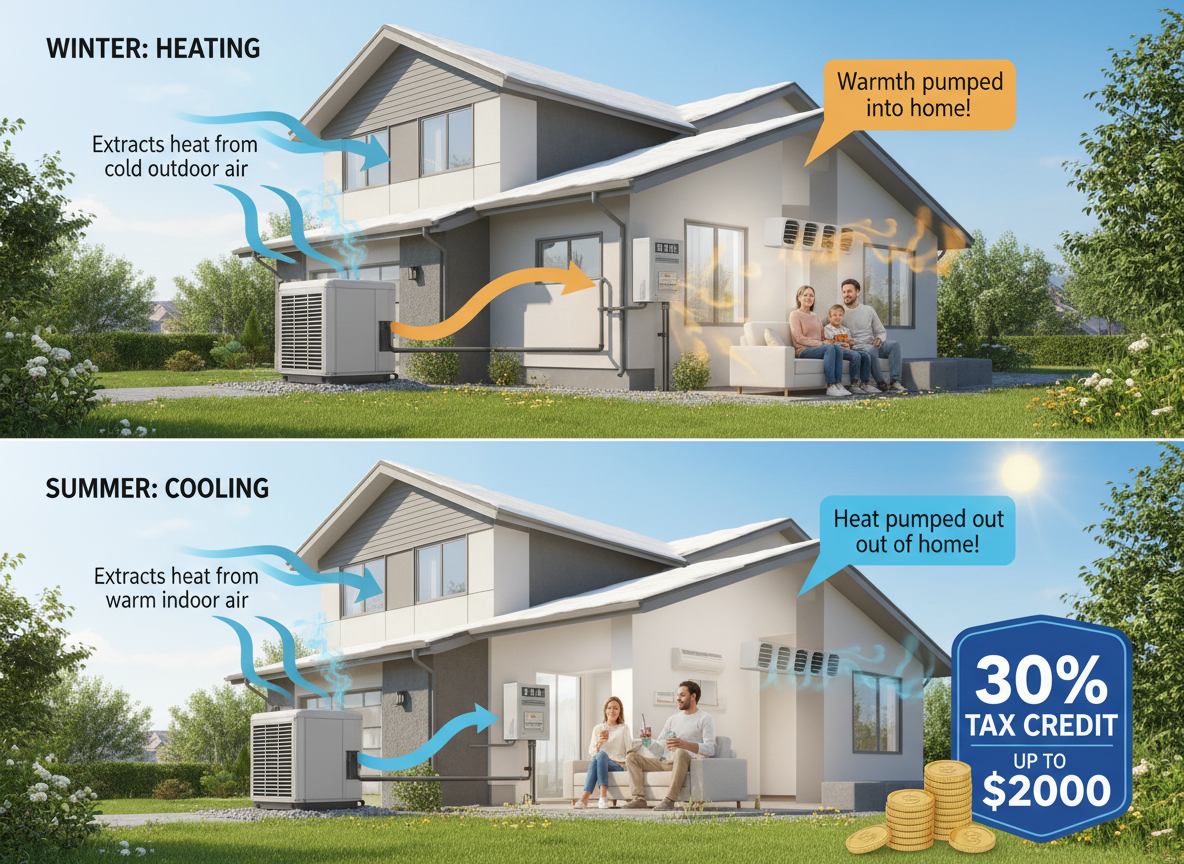
How Your Floor Plan Affects Airflow & Cooling
The structure of a building plays a large part in the quantity and quality of airflow and cooling it will receive. As a result, throughout history many architects around the world constructed their buildings with that in mind. Features like vaulted ceilings and breezeways allowed for natural air circulation and cooling. With the creation of central heating and cooling in Sherman Oaks, homes no longer rely so heavily on the structure of the building to receive air circulation. However, even with a central HVAC system the home may still receive uneven ventilation and circulation due to its structure.
Multi-Story Homes
A very common complaint in Sherman Oaks during the summer seasons is that the upper floors are too hot and do not get as cool as downstairs. There is a very scientific (and unfortunate) explanation for that; heat rises. So, you can expect that your bottom floor will inevitably cool much faster than the top floors of your home. One method to assist with this issue is to make sure that the thermostat is installed on the upper floor so that it will not turn off until the top floor reaches your desired temperature. Another method of relief is to have air balancing performed by an experienced HVAC contractor. If dampers are installed in your home, a tech can go through your home and adjust the dampers in each room so that the airflow is distributed as you desire. Another great method to help you achieve even circulation is utilizing a zoning system. Zoning systems cool and heat your home in separate zones using one system so that each area meets its optimal temperature.
Sun Facing Windows and Skylights
Natural sunlight is a great and cost affective way to keep your home warm on colder days. Unfortunately, the natural warming effect is amplified during the warmer seasons. During the summer, sun exposed windows and skylights can make your home feel like an ant under a magnifying glass. One of the most effective ways to assist with the sun exposure is to use curtains on windows that are sun facing. It is also helpful to make sure that your home is cooled before the hours of the day that you know the sun will begin to heat your home, so the air conditioner does not have to work as hard and take as long to hit your desired temperature.
Your greatest ally, regardless of your homes floor plan, for cooling and ventilating your home is a great working central air conditioning unit. A properly maintained system is the first defense against poor ventilation and circulation. If you are ready to have your air conditioning unit maintained for summer or if you would like some expert assistance with balancing the circulation in your home contact LA Construction, Heating and Air at 818-341-3406 or contact us online today!






















.png)














